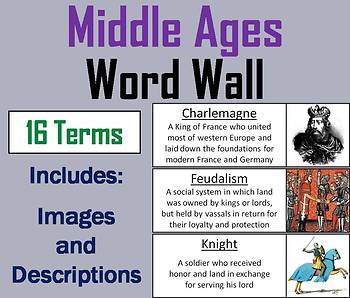

Exotic breeds: Breeds of cattle introduced into the United States in the mid l900s.Predicts the performance of future progeny, the difference between the average in comparison to the caves of all other bulls evaluated in a breed summary. Electric Fence: Fencing which gives livestock an electric shock when they touch it.Ear Tag: Any of several types of tags which are clipped or anchored into the ears of cattle may be used for identification or for insecticide application.Dual Purpose Breed: A breed that is used to produce both milk and meat.Dry Cow: Refers to a non lactating female.It is determined by dividing the carcass weight by the live weight then multiplying by 100. Dressing Percentage: Percentage of the live animal weight that becomes the carcass weight at slaughter.Double muscled animals usually have a low reproductive efficiency. Double Muscling: A condition in animals where all muscles in the body are enlarged.Disposition: The temper or mood of an animal.
Deworm: Using a product to remove internal worms from cattle.Demand is poor when buyers are less aggressive than usual, or when decreased supplies are selling at prices that are the same or lower. Demand is good when buyers are more aggressive than usual, or when large or increased supplies bring prices that are the same or higher. Demand: Refers not only to a buyer/s desire to possess a certain volume, but also refers to willingness and ability to buy.Dehorn: The removal of the horns of horned cattle.Crossbred: An animal with parents of different breeds.Crossing Breeding: The mating of two breeds to produce an offspring that has some characteristics of each of the parent breeds.Creep-fed (creep-feeding): Providing feed to calves before they are weaned.Cow: Female cattle that have produced one or more calves.Controlled Grazing: Any system that controls grazing patterns.Conformation: The general build of an animal influenced by muscling or structural shape.

Grains such as corn, wheat and barley are good examples of concentrates as well as most protein supplements. Concentrates: Feeds that are high in energy and low in fiber.Clostridium chauvei causes blackleg Clostridium Movyi causes black disease Clostridium Septeceium causes malignant edema and clostridium sordelli causes a severe muscle disease. There are four types of bacteria that cause these diseases. Unvaccinated cattle six to 24 months of age are most susceptible. Clostridial diseases: These are acute infectious diseases which usually kill cattle.It tells us that the beef should be tender, juicy, taste good and have little waste fat. Choice Grade: Slaughter grade of beef cattle which is desired most by people.Characteristics: A trait, property or marking that distinguishes one breed from another.Cattle: Animal belonging to the bovine species.Castrate: The surgical removal of the testicles of a young male calf.Carcass: What is left after the head, hide, feet and internal organs have been removed from the animal.Carbohydrates: These are the elements in a feed that provide energy for the animal.Calves: Young cattle of either sex, less than one year of age.Bull: A male bovine with testicles intact (see steer).See the NYS Department of Agriculture for more information about cattle diseases. Brucellosis: An infectious, contagious disease that can cause abortions and reproductive failure in cattle, sheep and goats.British Breeds: Hereford, Angus, Shorthorn introduced to the United States in 1800s and of British origin.Breeder: The owner of the cow (dam) of a calf at the time she was mated.Breed: A group of cattle with similar external characteristics (color markings, size, body and shape, horns, etc.) that are passed on from generation to generation.Branding: Identifying cattle permanently with a hot brand or a cold brand.



 0 kommentar(er)
0 kommentar(er)
